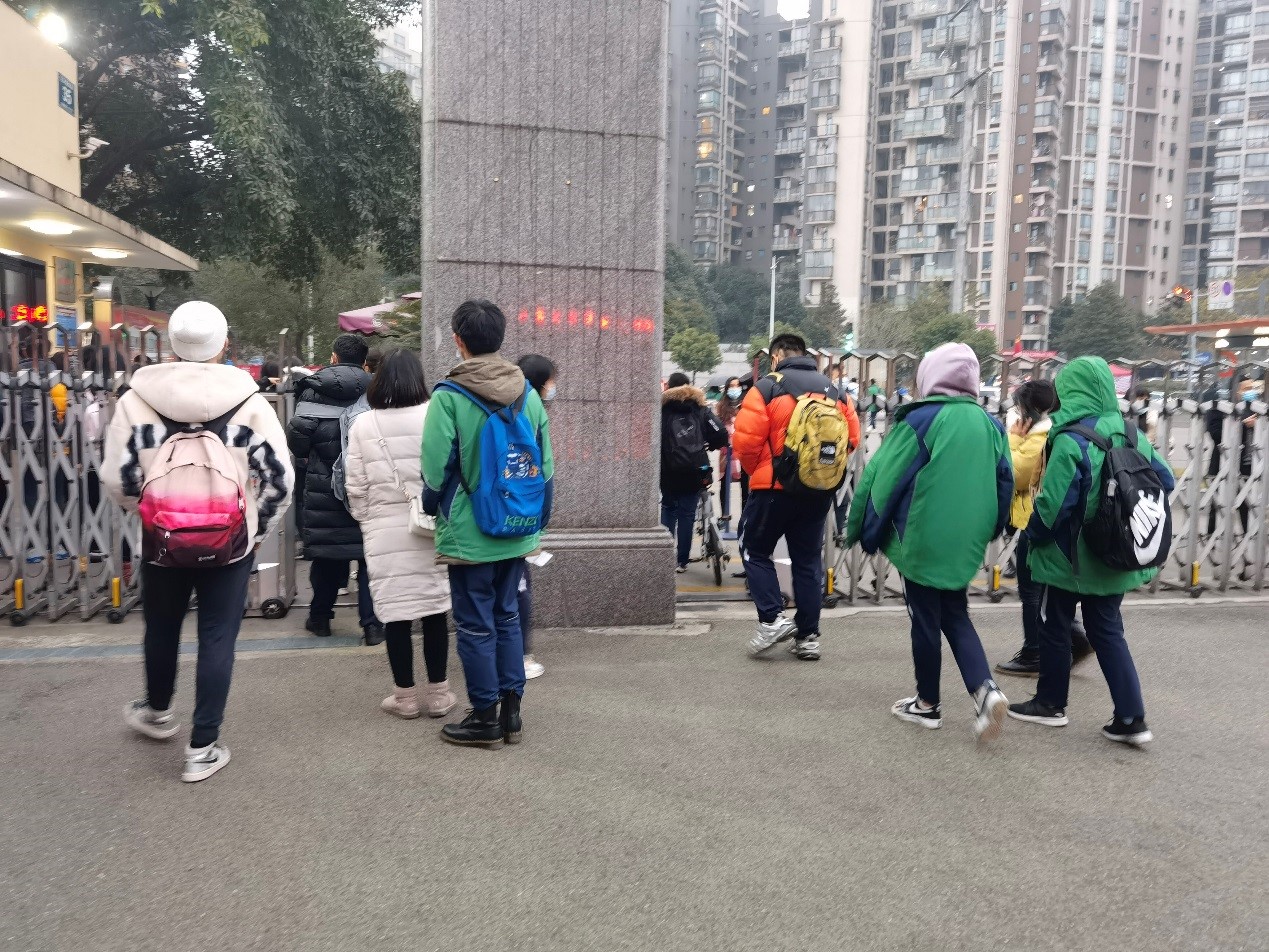Pupils’ Travel Distance to School in China: Geographical Context Matters!
Blog post by Lili Xiang, Myles Gould and John Stillwell
- Created
- 26 Mar 2021, 4:10 p.m.
- Author
- Lili Xiang, Myles Gould and John Stillwell
- DOI
- 10.1177/0042098021996227
Abstract: https://journals.sagepub.com/doi/full/10.1177/0042098021996227#abstract
Photo source: Lili Xiang
As we know, the distance children pupils have to travel to school will determine how much disposable time they have available for different activities including private study time. Longer commutes also result in greater physical and mental weariness. Moreover, children living further away from school also have less opportunity to be involved in after-school activities and other additional benefits. Thus, accessibility to education facilities can have an important effect on children’s education.
From a social justice and policy-making perspective, it is important to understand school commuting behaviour and is the focus our paper in Urban Studies entitled “What determines pupils’ travel distance to school in China? A multilevel analysis of educational access in Beijing”. Long commuting distances to school may be a problem for specific individuals or groups with certain characteristics, e.g., those households with lower income and nor car. However, there is a scarcity of small-area research on education inequality, not only in China but also around the world. Some previous research suggests the relationship between pupils’ socioeconomic traits (i.e., ‘who they are’) and travel distance is neither clear nor consistent across geographical areas.
In our multilevel research published in Urban Studies, we found that pupils’ travel distance is not only influenced by their socioeconomic background but also greatly affected by where they live, i.e., their socio-spatial context. Residential location has a crucial impact on pupils’ access to available education opportunities (e.g., school places, school quality, enrolment policy) and their access to education resources.
This research has confirmed the importance of geographical context through considering the impacts of both school density and a bespoke geodemographic classification, on pupil travel distance in inner Beijing. Pupils in the suburbs with high density have low commute distances and vice versa. Pupils in areas where disadvantaged groups are concentrated, such as in the ‘urban-rural transition belt’ or areas with ‘in-migrants in deprived suburbs’, tend to commute longer distance due to lower school density in these areas. The results of this research have also demonstrated that where the pupils live have more influence when compared to the individual characteristics of the family, except for housing type and education stage.
By controlling for the above contextual effects of the sub-districts in which pupils live, our paper reveals, for the first time in China and beyond, a consistent relationship between an individual’s socioeconomic status and travel distance. Those living in economically affordable housing or self-built housing in the countryside, also are more likely to travel longer distances. This may be due to the relatively sparse distribution of residents and inadequate school education provision in proximity.
Compared to the socially advantaged groups, the disadvantaged are more vulnerable to travelling longer travel distances. Thus, intervention measures, such as the planning and construction of more schools to reduce the distance of travel, could improve school provision and social well-being in the educationally disadvantaged areas. Furthermore, the construction of affordable housing should not only solve the habitation problems for the low and medium-income households but should also foster their well-being and social status by improving their access to public services.
Read the accompanying article on Urban Studies OnlineFirst here.



Comments
You need to be logged in to make a comment. Please Login or Register
There are no comments on this resource.